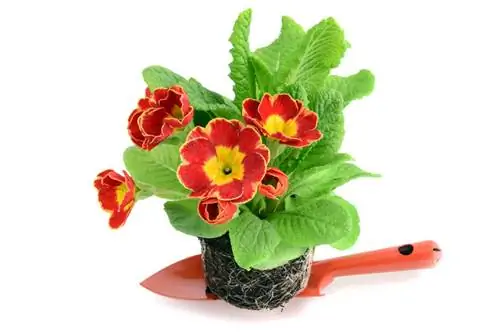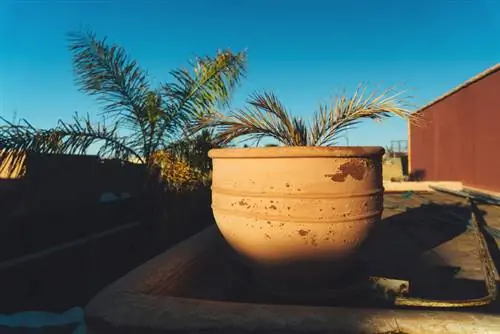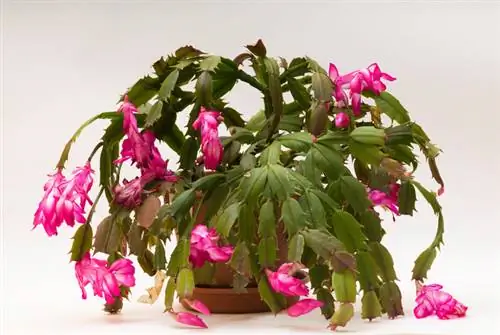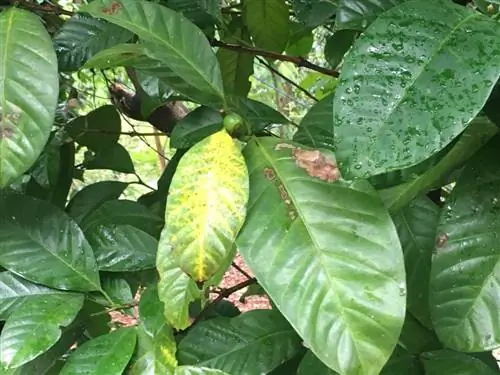- Author admin [email protected].
- Public 2023-12-16 16:46.
- Last modified 2025-01-23 11:22.
A he althy Phalaenopsis with deep green leaves and colorful flowers is a real feast for the eyes. Sometimes the exotic beauty leaves the leaves hanging just a few days after purchase. Then she urgently needs your quick help.
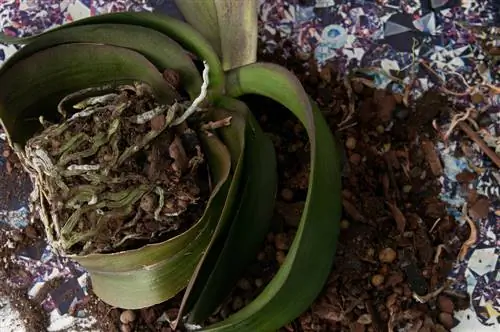
Why does my Phalaenopsis have limp leaves and what can I do?
Phalaenopsis orchids show limp leaves due to too dry air, incorrect location, compacted substrate, incorrect watering, errors in fertilization or diseases and pests. Help your Phalaenopsis by checking and caring for its roots, replacing the substrate and paying attention to the amount of water and fertilization.
Why do the leaves become limp?
If the leaves of a Phalaenopsis become limp or yellow, this can have various causes. There is not always an illness behind it. Incorrect watering or fertilizing is often the reason for the sluggishness. If the substrate is compacted, the roots no longer get enough air and can no longer optimally supply the plant.
In addition to care errors, the location can also be the cause of limp leaves. The Phalaenopsis does not tolerate cold drafts well, but temperatures that are too low over long periods of time can also cause damage. You should also check the humidity. This orchid shows that it is not doing well, especially when the air is dry.
Possible causes of sagging leaves:
- too dry air
- wrong location
- compacted substrate
- incorrect watering
- Error when fertilizing
- Diseases or pests
How can I help my Phalaenopsis?
If your Phalaenopsis doesn't look good, the first step should always be to check the roots. You can easily recognize incorrect watering. Then cut off any rotten root pieces immediately.
Dry gray roots, on the other hand, indicate a lack of water. In this case, immerse the pot in room temperature and low-lime water for a few minutes. Then allow excess liquid to drain off well before placing the Phalaenopsis back in the planter.
When taking this measure, you also look at the substrate. If it is compacted, replace it. After repotting, you should not fertilize the Phalaenopsis for a few weeks. If you have discovered any diseases or pests, treat them accordingly.
Tip
If the leaves of your Phalaenopsis hang limply, then take a look at the roots. Here you can immediately see whether the plant has received too much or too little water recently.


